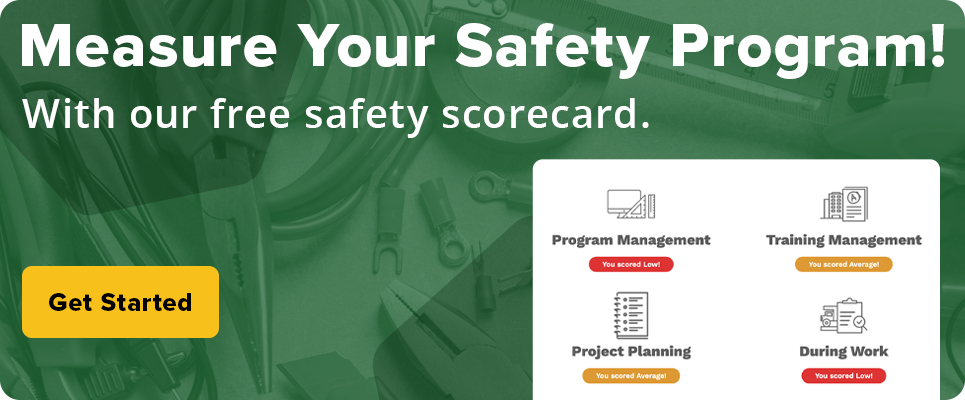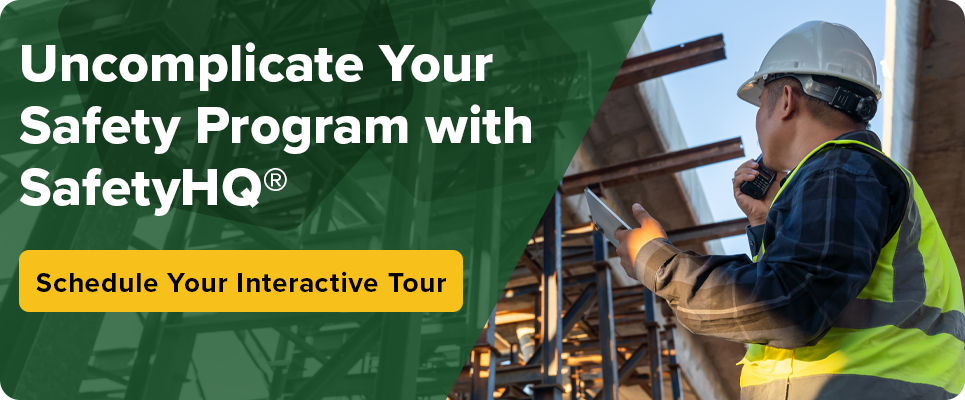
A joint health and safety committee helps construction companies improve safety protocols, keep jobsites safe and their insurance premiums low.
These collaborative teams bring together workers and management to identify hazards, investigate incidents and implement effective safety measures that protect employees and reduce liability risks.
Construction companies who are successful in keeping their employees safe and keeping their insurance premiums low, accomplish that by creating safety policies and then putting them into action.
These companies go above and beyond local and federal regulations to ensure their workers make it home every day. These additional measures are referred to as industry best practices.

In the United States, one of the most common best practices is the creation and operation of a joint health and safety committee. In Canada, it is mandated in most provinces for companies with 20 or more employees and/or projects that last more than three months.
What is a Joint Health and Safety Committee?
A joint health and safety committee is a group of employees with varying roles and responsibilities within the company who meet on a regular basis to discuss internal health and safety matters.
The workplace safety committee should be comprised of an equal number of worker representatives and management representatives who work together with the same goal of making the workplace safer for everyone. A minimum of two designated people from each side is ideal.
The workers on the safety and health panel bring an in-depth knowledge of job-related tasks and hazards, while the management representatives have a strong understanding of the company as a whole.
Structuring the occupational health committee in this way also lends itself to better communication with the worker group as a whole. Employees are more likely to address safety concerns with their peer, who is also the committee rep, as there is no fear of repercussion.
Roles on the committee are usually filled via nomination and vote by the workforce as a whole. It’s a good idea for the company to provide successful candidates with some additional safety training.

Key Responsibilities of Your Workplace Safety Committee
A joint health and safety committee acts as a resource of health and safety matters and a form of communication between employer and employee. They advocate for the implementation of the company’s health and safety policy and program. A safety and health panel has four main responsibilities:
- Identify hazards and other unsafe situations through their job site inspections and collecting them from other employees.
- Conduct investigations when incidents occur, including a near miss.
- Make recommendations on appropriate control measures to the employer, and hold them accountable to follow through on their decisions.
- Keep records of all meetings, inspections, investigations, and recommendations.
Benefits of Establishing a Joint Health and Safety Committee
An improvement on the health and safety record of the company as a whole is the number one goal of a JHSC, but there are other benefits, including:
- Creates a culture of safety within the company
- Aids in worker retention (less likely to leave when they feel empowered and engaged)
- Occupational health committee itself conducts tasks required by OSHA, keeping the company compliant in many ways
- Can reduce language barriers when a committee member is bilingual
- Builds connections between workers and management
- Puts advocates of your safety policy and program on the front lines
How Technology Can Help Your Safety and Health Panel Run Smoothly
Every member of your joint health and safety committee has other roles and responsibilities within the company. When provided with tools such as a safety management system, the workplace safety committee will be able to better communicate and keep themselves organized.
An ideal situation would be to have a customized hazard notification form available electronically to your workforce which would be automatically sent to the committee upon submission.

Having one central database for the occupational health committee to conduct inspections, investigations and store the findings would make their job easier and faster.
Having access to all their findings also creates an opportunity for them to view analytics, so they may better determine trends and can focus their attention where it is most valuable.
Find out how SafetyHQ can help in all these ways and more by booking a customized demo.
Share Article
Keep on current news in the construction industry. Subscribe to free eNews!



